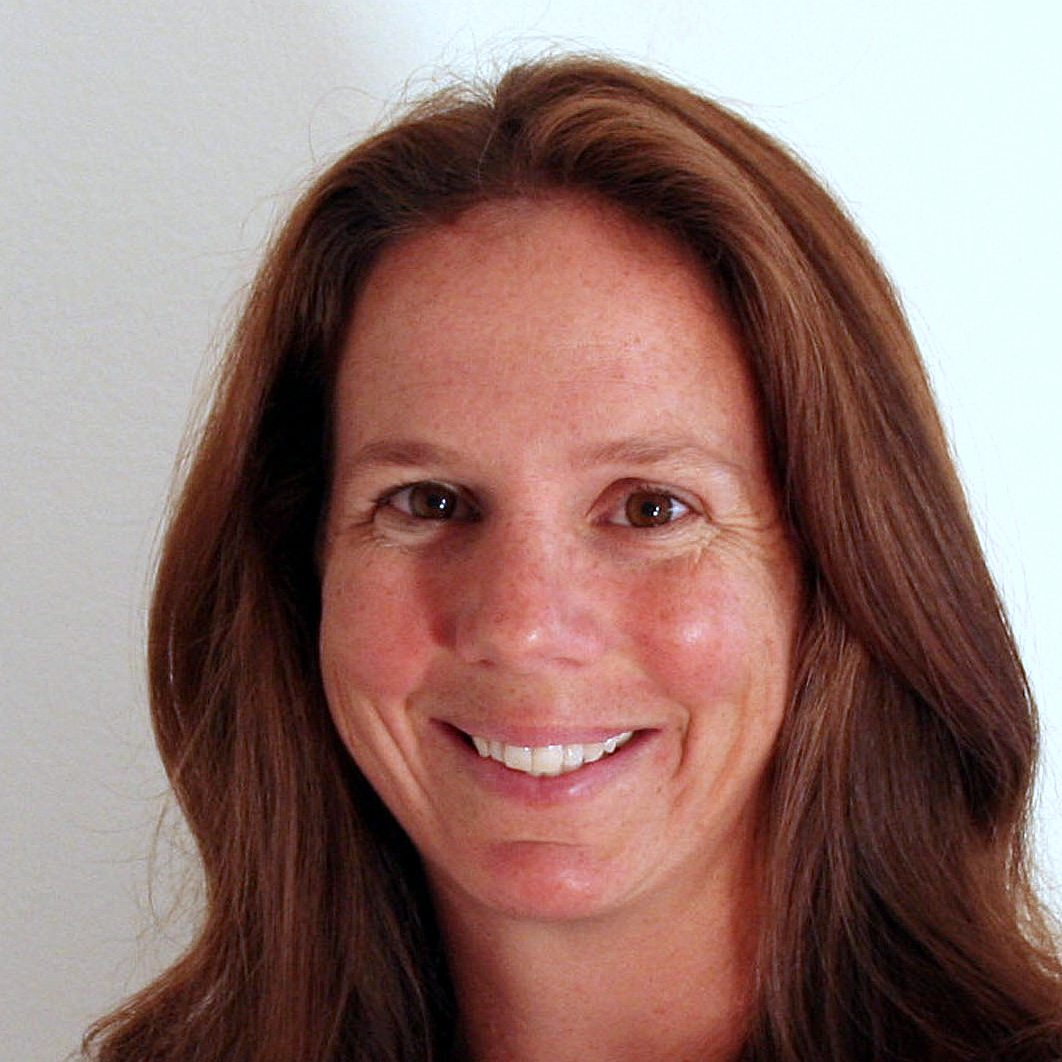
Lead Forest Scientist
Climate & Land Use
kristen.wilson@tnc.org
Dr. Kristen Wilson is the Lead Forest Scientist of The Nature Conservancy in California. She leads a small science team that researches how to protect, restore, and adapt forests to wildfire and climate change. Kristen’s recent work includes developing a framework of resilience to speed up planning of forest thinning and prescribed fire and incorporating consideration of climate change in management planning. She’s also working on natural climate solutions and beaver-based restoration.
Before joining The Nature Conservancy, Kristen completed her Ph.D. in environmental planning at the University of California, Berkeley with a focus on river restoration. She holds a M.S. from Johns Hopkins University, a B.A. from Dartmouth College, and previously worked in the Photography Department of National Geographic Magazine.
Nicholas A. Povak, Patricia N. Manley, Kristen N. Wilson
This study presents a methodology to integrate spatial assessments of current and future forest conditions to understand the potential to achieve desired conditions under climate change with ongoing…Claire L. Schollaert, Jihoon Jung, Joseph Wilkins, Ernesto Alvarado, Jill Baumgartner, Julien Brun, Tania Busch Isaksen, Jamie M. Lydersen, Miriam E. Marlier, Julian D. Marshall, Yuta J. Masuda, Charles Maxwell, Christopher W. Tessum, Kristen N. Wilson, Nicholas H. Wolff, June T. Spector
By modeling six scenarios of forest management, wildfire, and health impacts from smoke from 1981-2020, we found that moderate amounts of prescribed fire can decrease harmful particulate matter…Benjamin P. Bryant, Tessa Maurer, Phillip C. Saksa, John D. Herman, Kristen N. Wilson, Edward Smith
The authors of this study analyzed how wildfires and forest restoration, specifically thinning and prescribed fire being implemented in the French Meadows Project in the central Sierra Nevada, could…Charles J. Maxwell, Robert M. Scheller, Kristen N. Wilson, Patricia N. Manley
The authors hypothesized that mimicking the historic fire-return interval, by matching it with the combined frequency of natural disturbances (wildfire) and management (i.e., thinning and…Patricia N. Manley, Nicholas A. Povak, Kristen Wilson, Kristen Wilson, Mary Lou Fairweather, Vivian Griffey
The Blueprint is a set of strategy maps that identify opportunities for forest protection and adaptation across a 2.4-million-acre region of the central Sierra Nevada. It uses a novel application of…James W. Roche, Kristen N. Wilson, Qin Ma, Roger C. Bales
This study evaluated the water balance components of precipitation, evapotranspiration, discharge, and change in storage compared to measured streamflow and unregulated streamflow estimates in the…P. Manley, K. Wilson, N. Povak
The Framework for Resilience offers a shared vision for resilience that recognizes the interdependent nature of social and ecological values. These values are described by ten pillars that represent…Kristen N. Wilson, Patricia N. Manley
Climate change, high-severity wildfire, and drought threaten the resilience of forests and communities in the Sierra Nevada. The Tahoe–Central Sierra Initiative (TCSI) is a partnership of state…Kristen Wilson, Dale W. Johnson, Douglas F. Ryan, ed.
Authored by TNC staff and colleague, Chapter 8 of this report synthesizes environmental monitoring and studies performed at Sagehen Experimental Forest that are relevant to water quality regulatory…Kristen N. Wilson, , Suzanne L. Baker, G. Mathias Kondolf
Many stream restoration projects are designed with the Natural Channel Design approach, which involves construction of single-thread meandering channels based on formulas for channel form. In some…Rodd Kelsey, Edward Smith, Tanushree Biswas, Chris McColl, Kristen Wilson, Dick Cameron
This report provides a systematic regional-scale assessment of biodiversity, fire regime change, and fire risk to infrastructure of forested watersheds across the Sierra Nevada and prioritizes…Kristen Wilson, Erik Lowe, Stacey Wolny, Barry Nickel , Rodd Kelsey
This study demonstrates how science-based planning with stakeholder input can improve and direct conservation investments across existing state and jurisdictional boundaries. The authors set out to…